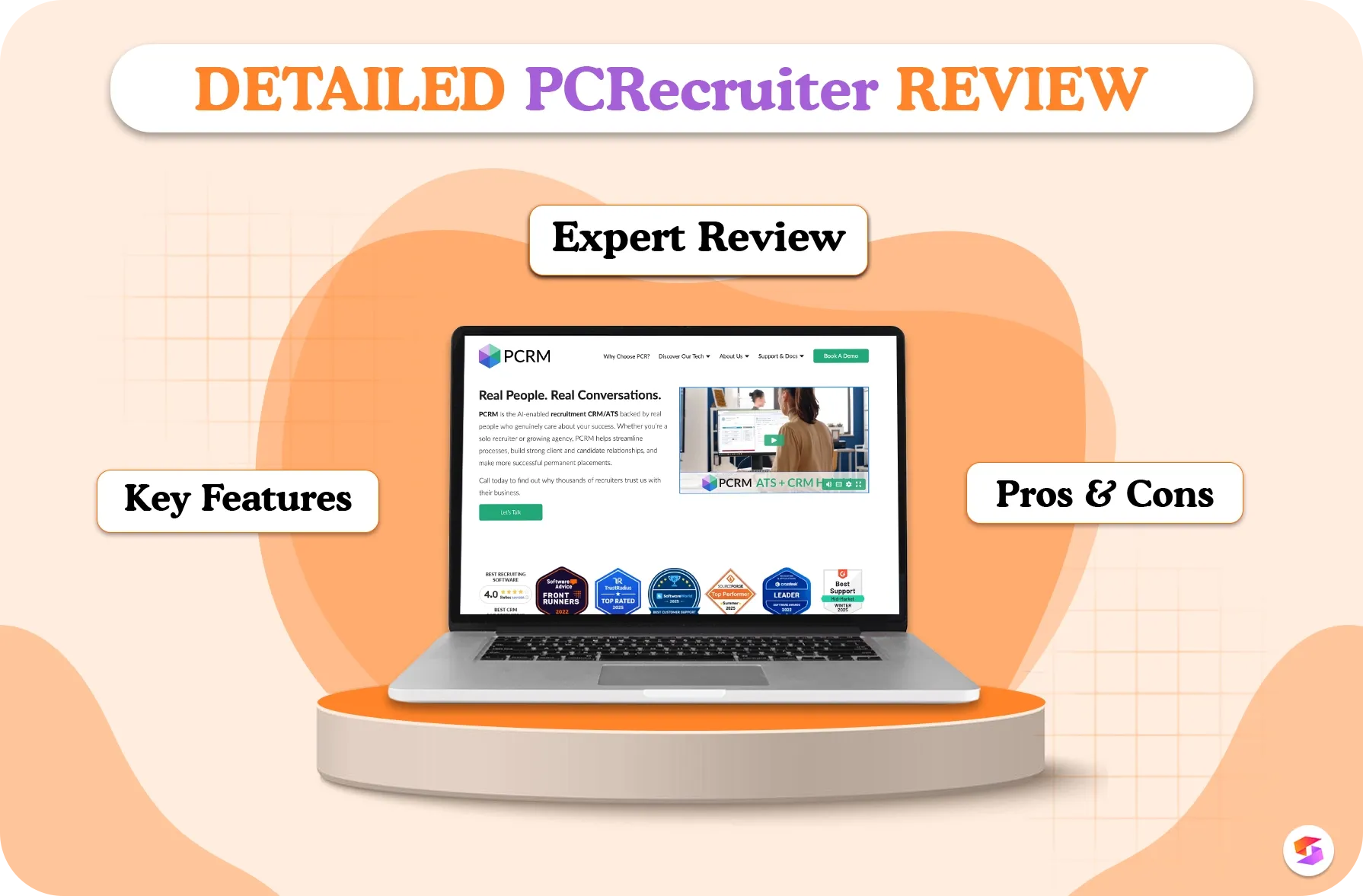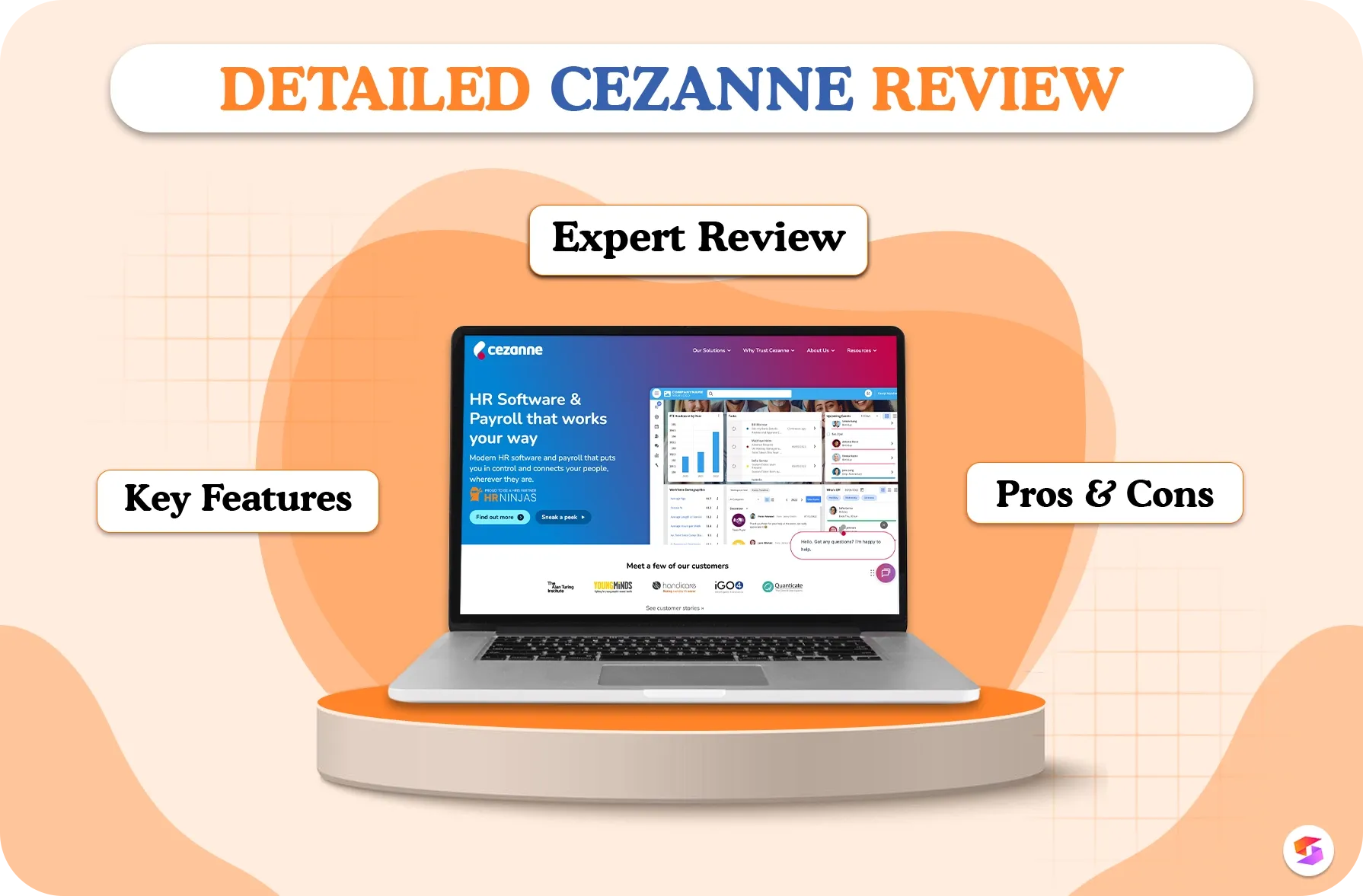Hiring automation has drastically altered the way we conduct our recruitment processes. With a quick adoption rate and a clear understanding of the necessity of automating recruitment, as much as 88% of global companies today use some form of automation and AI recruiting systems. And, let’s clear one thing - from identifying the top talents to interviews and beyond, the recruitment process is complicated to say the least and let’s not forget, we are dealing with humans here. So, simple can never be in a recruiter’s dictionary.
One of the many benefits of automation in the hiring process is streamlining administrative tasks. When you can forward your repetitive daily activities onto automation, you free up space to focus on revenue-generating activities and meaningful conversations with candidates. How does that matter? Well, it can directly enhance scalability and consistency, lowers the cost per hire, and significantly improves candidate communication.
Imagine saving one hour per day per recruiter, amounting to 260 hours per year per employee. Multiply this by 50 recruiters, and you save 13,000 hours annually!
With that thought in mind, let’s look at the everyday tasks that recruitment teams can automate today!
Everyday Tasks Recruiters Need to Automate
Creating Job Descriptions
If there is one task that tests both your patience and flair for words, it’s developing job descriptions. From describing job roles that attract to explaining the company culture, vision and mission that makes a candidate confined enough to apply, the right JD can take hours to build. But, not with artificial intelligence and recruitment automation. With the right job description generators you can create detailed, domain specific and culturally inclusive JDs in no time.
Skima’s job description maker not only assists you in developing accurate job descriptions but also gives you specified prompts so you are on top of every detail that goes in. Manually creating a job description can take anywhere between 2 and 4 hours. That’s you know how many hours in a week (do the maths). It’s the amount of time you can spend relaxing, if not doing something more productive.
Job Postings
Your exciting journey of recruitment starts by posting a brand new job offer. But, unlike old days when sourcing options were restricted and job sites were minimal, today there are tens, if not more, places you can put up your job post, in every niche. With programmatic job posting software you can target your chosen websites and post your job with a single click. Whether it’s platforms like LinkedIn and Glassdoor, or much more tailored job boards for specific roles, or all of the above, automation can bring a wave of efficiency to your sourcing activities.
It won't stop here.
Tracking applications coming from all these job boards is also streamlined with automation. Now, you don’t have to keep multiple tabs open to check application status every few minutes. Imagine redirecting candidates to a custom-made landing page to apply. The page can feature key details that engages the candidates further and gathers information truly relevant to your vacancy and your firm. Once the candidates submit their details, you can sit back and relax while all that data is automatically migrated and stored in your recruitment software. That’s the magic of automation that you can start using today!
Candidate Ranking
Instead of browsing through multiple resumes and profiles, what if there was a system that not only identifies the qualified candidates in your talent pool for a job role but also ranks them in accordance to their eligibility and proficiency for the job. That sounds amazing, isn’t it? Well, thanks to AI and machine learning there is software that can do exactly that. If you already have a database you can simply upload it on platforms like Skima that can then offer a list of candidates against the specified job role in a ranked manner – an AI Matching Score for each candidate.
If you don’t have a pool of candidates, you can iterate your ATS with Skima and pull all the candidates from your sourcing channels directly onto the platform which will then give you a final output of the most viable candidates. In short, you waste no time in manually ranking candidates based on your own intuition, which can trigger biases too.
Candidate Screening
Here is an interesting fact - recruiters spend an average of 23 hours reading resumes for every hire they make. That’s a lot of time considering it is only the initial step in the long process of sourcing candidates, identifying them, going through multiple interview processes and finally selection. So, why spend so much of your time screening candidates when AI can do it for you.
One of the top benefits of recruiting automation that many companies have come to realise is that it can quickly parse and rank resumes that closely match your job descriptions. Yes, we understand the old resume parsing methods that are based on keywords have grown inefficient for modern recruiters. However, AI powered resume parsers are surely leaps and bounds ahead. You simply set the parameters and the AI sorts your applicants based on criteria like academic background, experience, behavioural patterns and more. This means you won't have to spend hours sorting through resumes of candidates who don't meet your ideal profile. Meet the right candidates today by adopting AI in recruiting.
Standard Communications
Communication is key to any process, however it is one of the most overlooked tasks in talent acquisition. Whether it’s with clients or candidates, making sure timely updates and responses can make all the difference. Thankfully, automation has made this easier than ever.
Whether it’s building better candidate experiences or developing an efficient inter-team environment, you can ensure that your communication is always timely and relevant with automation. Now, you will never forget to send that crucial email or update about the status of an applicant or job because the last thing you want is a poor candidate experience due to a lack of communication. An SOP generator can help establish consistent communication guidelines and templates, ensuring every update aligns with your hiring standards.
With automation, you can set triggers based on specific actions, for example, if a candidate submits an application, they can automatically receive a confirmation email. You can also enable mail verification to ensure the candidate’s email address is valid before sending critical updates. As they move through the hiring process, automated updates keep them informed every step of the way. This way you can keep every candidate and client informed. Streamline your communications and see your hiring efficiency magically increase.
Video Interviews
The initial interview process can drain your recruitment strategy quite substantially. Dealing with everything from no-shows to interview scheduling conflicts and the constant agitation of spending more time than necessary with less qualified candidates is a challenge for every recruiter. But, with a simple tweak of automation these headaches can be greatly reduced, saving you a lot of valuable time.
Automated video interviewing can easily handle the strenuous preliminary interview rounds with your candidate pool. With these tools candidates can not only choose their preferred time to interview but it also allows recruiters to conduct a hassle free and efficient selection process. More than saving time, automated interviews can standardize the process providing for an objective evaluation of all applicants. Each candidate is asked the exact same questions in the same manner, which helps your team collect clear and consistent data. Enhance efficiency and create a more consistent and objective selection process by automating your interview process.
Offer Management
So you have screened the candidates. Interviewed them. And finally zeroed in on the most apt candidate for the job role. What's next? Making an offer. And, just as any step in the process, things can go wrong here too. Thus, crafting the perfect offer letter needs to be handled with care and precision.
An ATS here can come in very handy. With the right recruitment software, you can automate sending offer letters. This will assure that the process is timely and precisely reflects the agreed-upon terms. Moreover, you don’t have to worry about manually tracking their status anymore. An ATS can do that for you. You can track everything from when the candidate opened the offer letter to how much time it took for them to respond. The tool keeps the process moving smoothly and reduces the chances of losing a great candidate due to miscommunication or oversight.
Stage Based Email Triggers
As a recruiter, dealing with different types of candidates is an everyday task. While some candidates are quick with their responses, others, who are equally as promising, might take longer to move from one step in the recruitment process to another. Sometimes, the duration stretches so much that you may naturally miss reaching out to them or forget where they might be in the system.
By automating email triggers at different stages of the recruitment process, you can rest assured that each candidate is being engaged. An example would be – when a candidate moves to a stage marked ‘No Response’, an automated trigger can be set in to send one last re-engagement email.
Feedbacks
Do you get that feeling where your organziation or the team is on-top of the entire hiring process but when it comes to candidate feedback, they are just playing catch-up. Even Though it seems like a burden, receiving candidate feedback can not only enhance candidate experience but also aid your company’s brand.
With automation, you can continuously improve and have a positive candidate experience. This way, you stay ahead of the game and maintain a stellar reputation overall. Be proactive rather than reactive, automated candidate feedback, today!
Referrals
Candidate referrals are crucial now more than ever to build a talented and diverse workforce. To successfully conduct referrals programs use automation that will allow referral programs to be executed seamlessly.
End Note
If you are spending more time doing administrative tasks than interacting with candidates, your recruitment process is suffering. Automation is the only CPR that can resuscitate your recruitment strategy. Go back to the drawing board and check all your day-to-day processes that can be automated. Find the right tools and get started.
For more insightful reads, follow the Skima blog.



